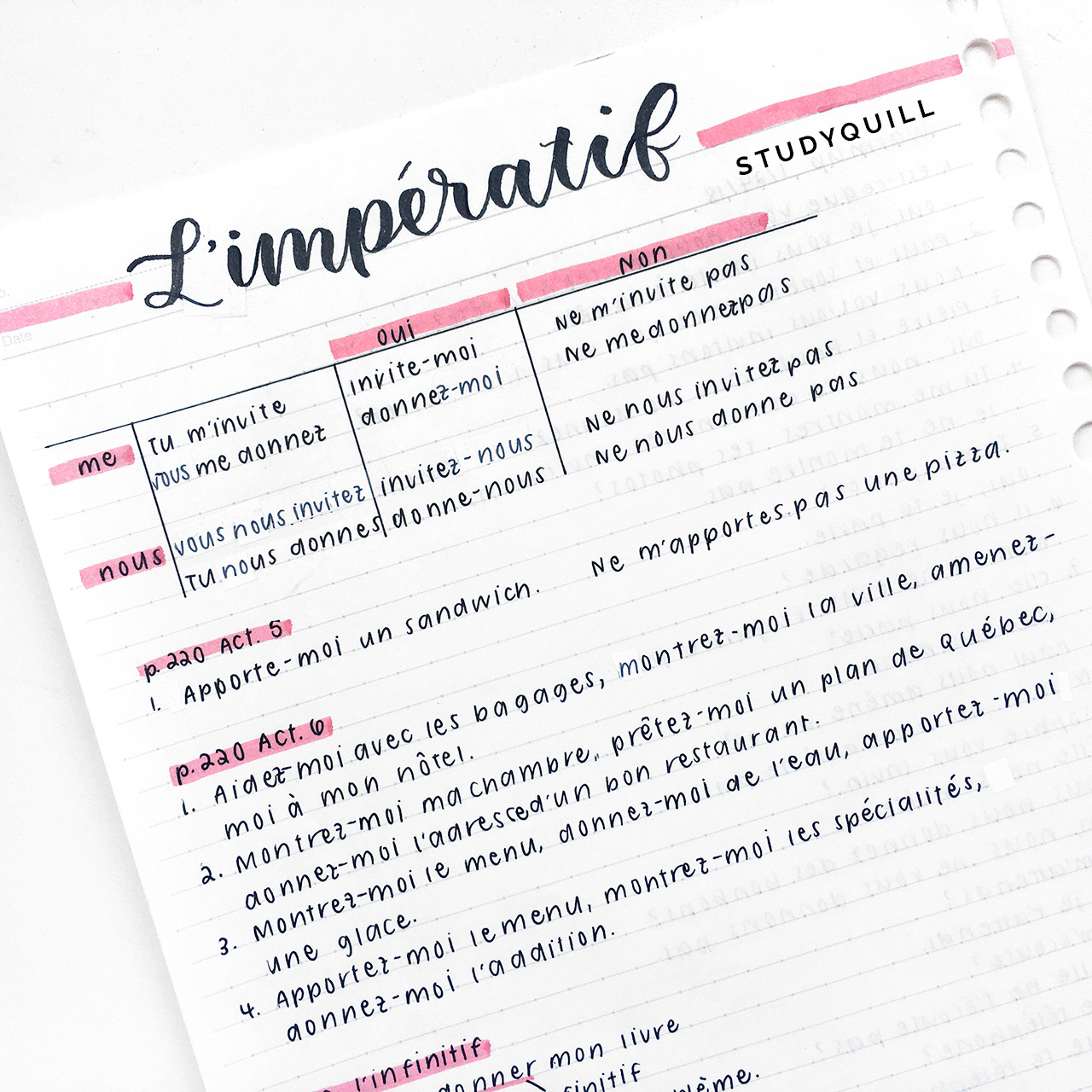
Become Fluent Watching Foreign Language Movies By Following These Simple Steps
How can I become fluent by watching foreign language movies? I have wondered the same question myself.
I don’t know about you but I spend so much time each week watching movies and tv shows so I thought that there was no better way then to start watching them in french and only in french to improve my language skills and ultimately become fluent. Did I become fluent instantly? No.
A week in I realised that I did not understand anything as the terribly fast dialogues in comparison to the slow recorded listening tasks from class made absolutely no sense at all and that watching a movie in english was very appealing. I was determined to get better and so I spent a lot of time working out what the best methods were to learn new vocabulary and overall just be able to understand the basic plot of the movie.
I realised that many language learners (including myself) fall into the trap of passively watching films in desperate hope that it will just wash over themselves and they will end up fluent in no time.
You can’t just watch a foreign language movie.
You need to study it.
Here is my study method for foreign language film watching including how to effectively study a foreign language movie, how to learn the new vocabulary fast, how to add movie watching into your study schedule and the benefits of watching foreign language films.
Am I becoming fluent from watching french language films? I think so 🙂
How to effectively study a foreign language movie
1. Choose a movie that interests you
I cannot stress how important it is to choose a movie that interests you. You are going to be studying this movie for a considerable amount of time, watching it over and over again. By the end of it you will probably have memorised all of the lines of dialogue.
Don’t choose a science fiction movie if you prefer rom-coms. Don’t watch a horror movie if they absolutely terrify you. You need to be motivated to study. Choose a movie you will be excited to watch.
2. Actively watch the movie!
Don’t expect to suddenly become fluent by watching a few hours of foreign films by snuggling up on the lounge with some popcorn late at night. This is passive learning and you will not benefit from it.
When you are watching a foreign language film you need to make time in your day when you are most alert to study. Sit at your desk and watch the movie on your laptop or computer or sit at a coffee table near your TV. Your study area needs to be somewhere you can concentrate and fully focus on every word being said. You will also need access to a pen and paper to write down new phrases and vocabulary.
I have designed an awesome printable language study planner to help you out with this step!

3. Split the movie in smaller sections during your first viewing
If you study a whole foreign language film in one sitting you will inevitably slip into passive learning mode. You need to split your movie into bite size pieces for studying.
During your first viewing of the movie you should watch it with your native language subtitles to gain an understanding of the plot and characters and to enjoy the movie. While you are watching it you need to break the film into smaller segments. In a notebook or on your phone jot down time stamps for later reference. I suggest aiming for segments around 5 – 10 minutes that are pretty self contained plot wise.
4. Watch the movie again with the subtitles of the language you are learning
If you are going to study a movie well you need to watch it multiple times. During your second viewing should be watching with the subtitles of the language you are learning.
Choose the first of the 5-10 minute segments that you wrote down. This will form the basis of your study session and you will spend about half an hour studying it.
Start watching the segment writing down any vocabulary and phrases you don’t understand. Don’t let yourself hit the pause button at this point. Pay more attention to the vocabulary that is repeated multiple times throughout the scene. Watch the segment again, this time using the pause button to write down longer phrases and more difficult words. By the end of this you should have about 20 to 30 new words and about 5 phrases. Another great thing to do is write down the whole sentence with the word you don’t know as learning vocabulary in context can be very helpful. In my printable language study planner there is a really useful page for writing down vocabulary lists. You can check it out here.
After watching the scene, get a physical dictionary or go to an online dictionary (I personally use the Collins Dictionary for french-english translations but they have many other languages as well) and write down the definitions for each new word. Reverso Context is also very good to find examples of words or phrases in other contexts so you can gain a better understanding of how to use it and it’s meaning. I also use google translate as it can give more literal translations of phrases. I suggest using all three of these resources and compare the definitions and translations against each other to gain a broader understanding of the phrase or word.
Watch the next segment you wrote down tomorrow or in a few days. Don’t watch multiple segments per day as the amount of vocabulary and new phrases you learn will be overwhelming and you will eventually slip into passive watching mode.
I also wrote an article about a chrome extension specifically made for watching foreign films on Netflix and you can read more about it here.
5. Watch the movie without subtitles
Once you are confident in the new vocabulary and phrases you have collected you should watch the individual segments without subtitles. By doing this you can test how much you understand.
Again adopt a similar method as above, watching one segment per day. This time instead of writing down vocabulary you will focus on your listening skills.
What To Do While Watching Without Subtitles
Focus on what they are saying
You have already watched this part of the film so many times that you know what happens off by heart so it is easy to lose concentration and be fooled into thinking you are understanding everything. Make sure you listen to every word and mentally translate everything while you are watching.
Pretend to be the characters
Engage with the movie by pretending to be the characters. Choose a character and start watching the segment of the movie. Every time they talk, listen to their lines, pause the movie and repeat what they said. When you are repeating you should mimic their body language and their pronunciation. Re-listen to their lines to improve your pronunciation again.
Another approach is to pause the movie every time your chosen character is asked a question and respond to it as the character. Play their response and see how you did and how you can adapt your response.
Best methods to learn vocabulary from a movie
Once you have made your vocabulary lists it is important to learn the new words before you watch the movie for the last time without subtitles. The best way to learn new words is to use flashcards and the method of spaced repetition. Spaced repetition is a technique that uses time intervals to organise your flashcards into what you know and what you don’t know. Pretty much newly introduced or difficult flashcards are shown more frequently than older and less difficult flashcards to improve your brain’s ability to recall information. If you like physical flashcards I have made printable study boxes that uses spaced repetition to help you learn facts or in this case vocabulary.
There are also many flashcard apps that are fantastic for vocabulary learning. I personally use quizlet for vocabulary learning because it is free (there is a paid version as well which has more options) and has extremely good features for vocabulary learning such as flashcards, learn mode, write mode, spell mode, test mode as well as two games: match and gravity. I use the Quizlet app nearly everyday on public transport to learn new french vocabulary – it’s a really good use of time! There are also many other flashcard apps such as Anki, Studies and Tinycards however they are not as good for vocabulary.
Include movie watching in your language study schedule
I suggest to aim to watch a new movie every month. One movie contains so much new vocabulary and cultural lessons and is so much more beneficial than going through a textbook. I suggest watching a segment of a movie each day or every second day so you are constantly immersed in the language you are learning. You can use the daily language study plan page from my printable language learning planner to made a solid study schedule to boost your language learning and help you work towards your goals.
If you like bullet journaling I also have a printable Movie Tracker which you can use to track the movies you watch in the foreign language you are learning.
Benefits of Watching Foreign Language Movies
Watching foreign language movies is beneficial because you are:
- exposed to new cultural situations
- observing nonverbal cues and body language
- exposed to more authentic vocabulary than what your would find in a textbook
- exposed to colloquial language that you wouldn’t learn at school
Join more than 1,212,346 people from 192 countries and learn a new language at your own pace at Rocket Languages!
Check Out The Courses Below:
The best ways to learn a language without going to classes include: watching foreign language films on Netflix, using a …
There are many different note taking methods that can work well for language learning. To take effective notes for language …
If you are working full time and you want to learn a language, you need to make the most of …
Kinesthetic learners are the most physical of all learning styles meaning they absorb information through movement, touch and motion. Therefore, …
65% of the population are visual learners and therefore learn best by using images, graphics, colours, computers, books and other …
Flashcards are effective for language learning if you make and study them in the correct way. This is by making …







